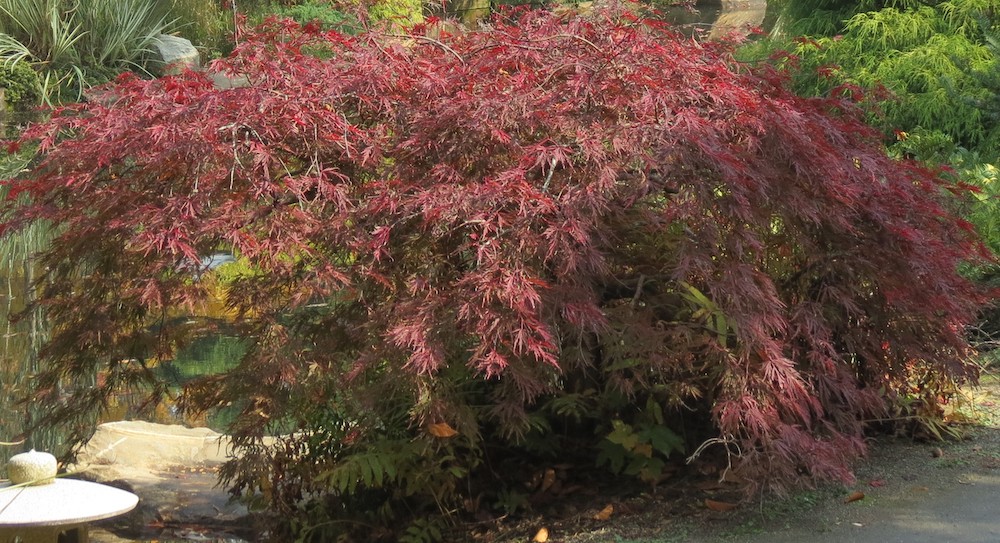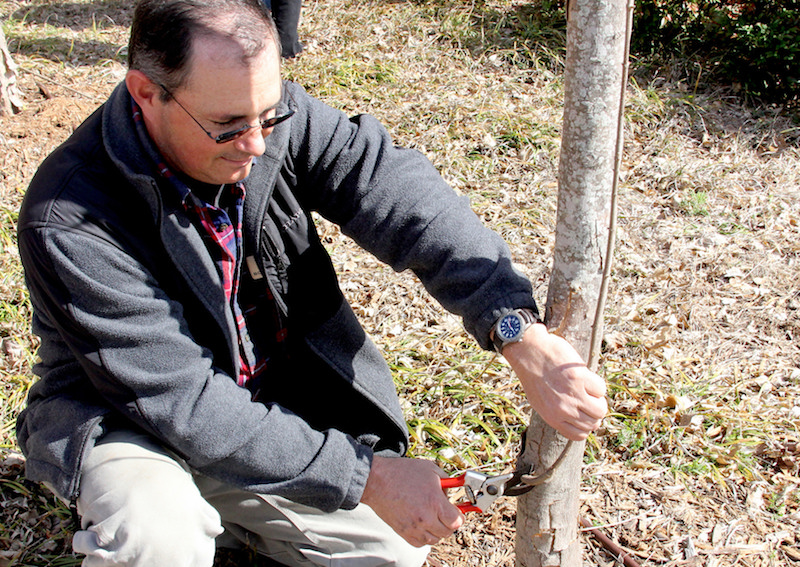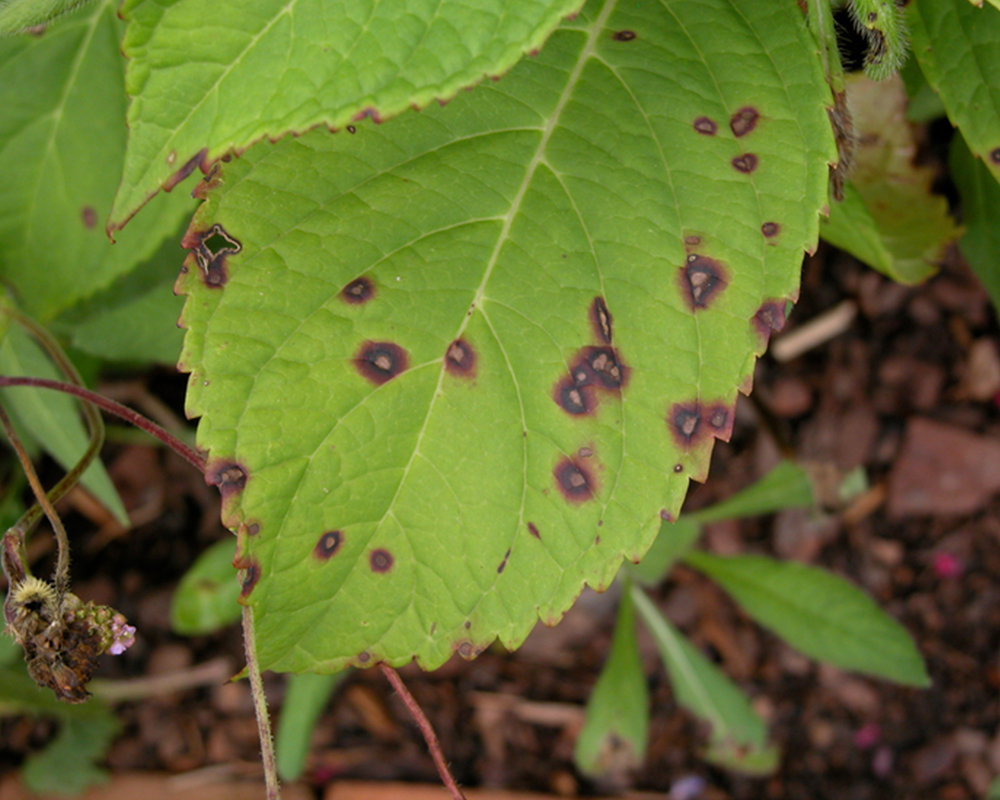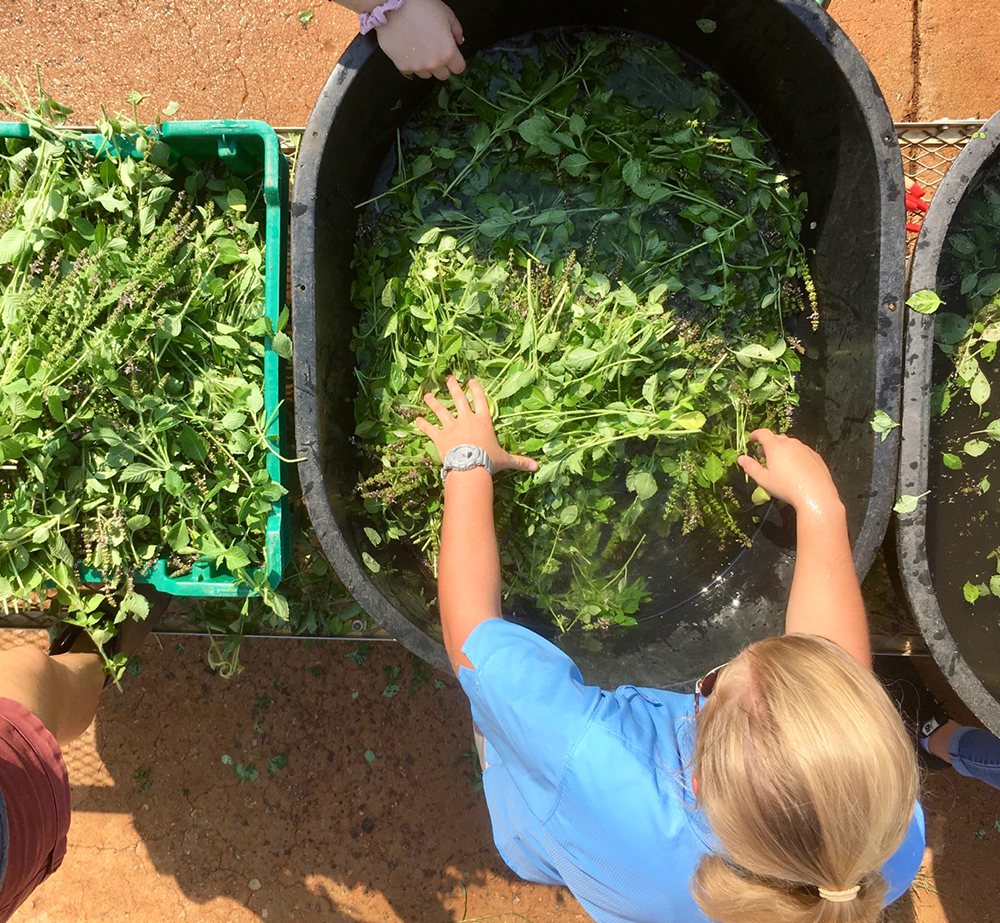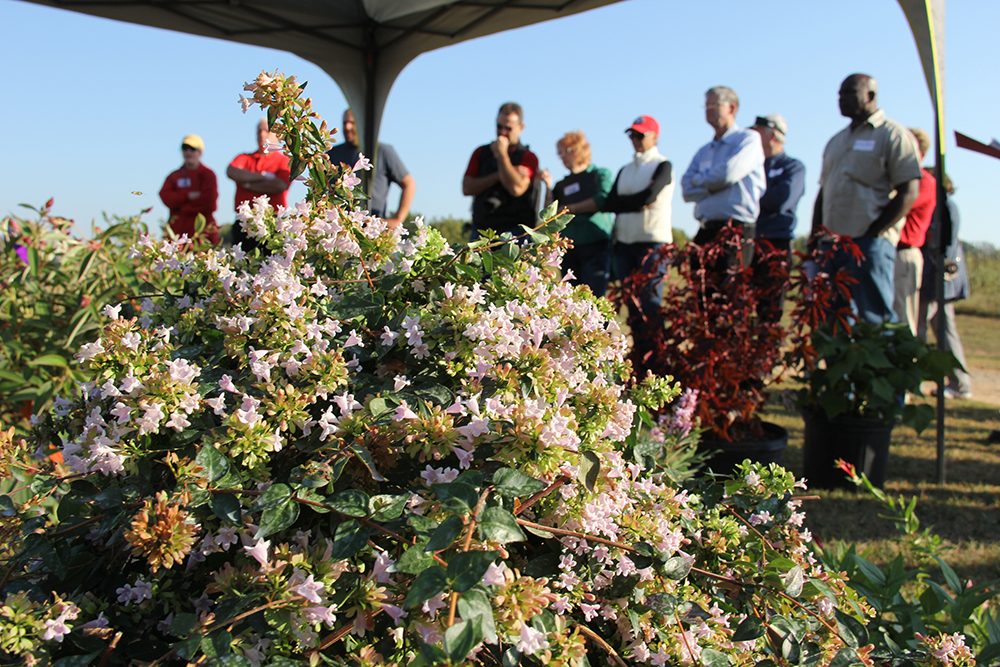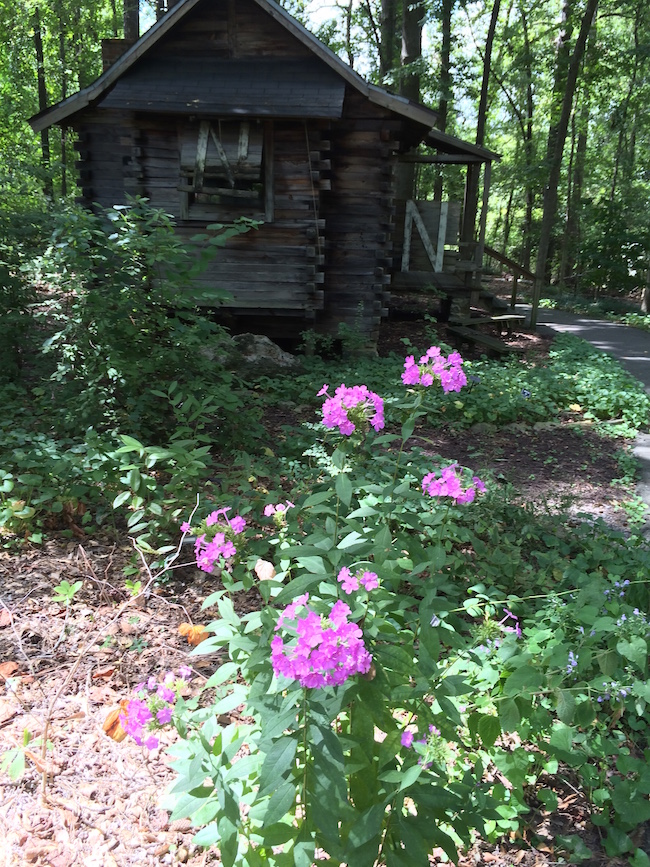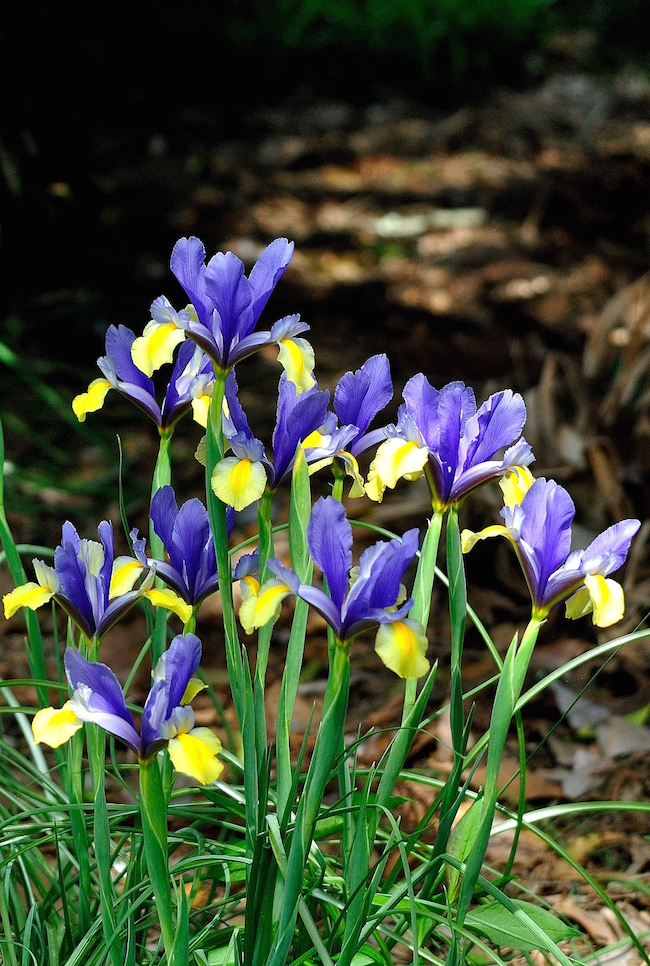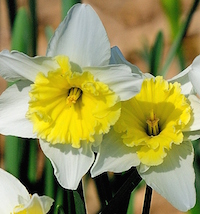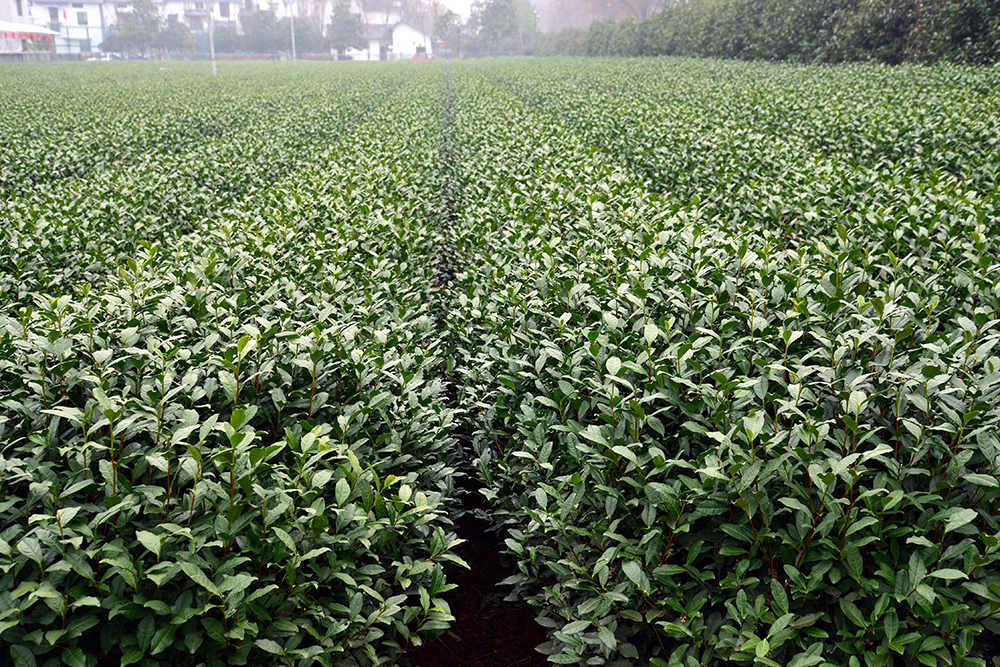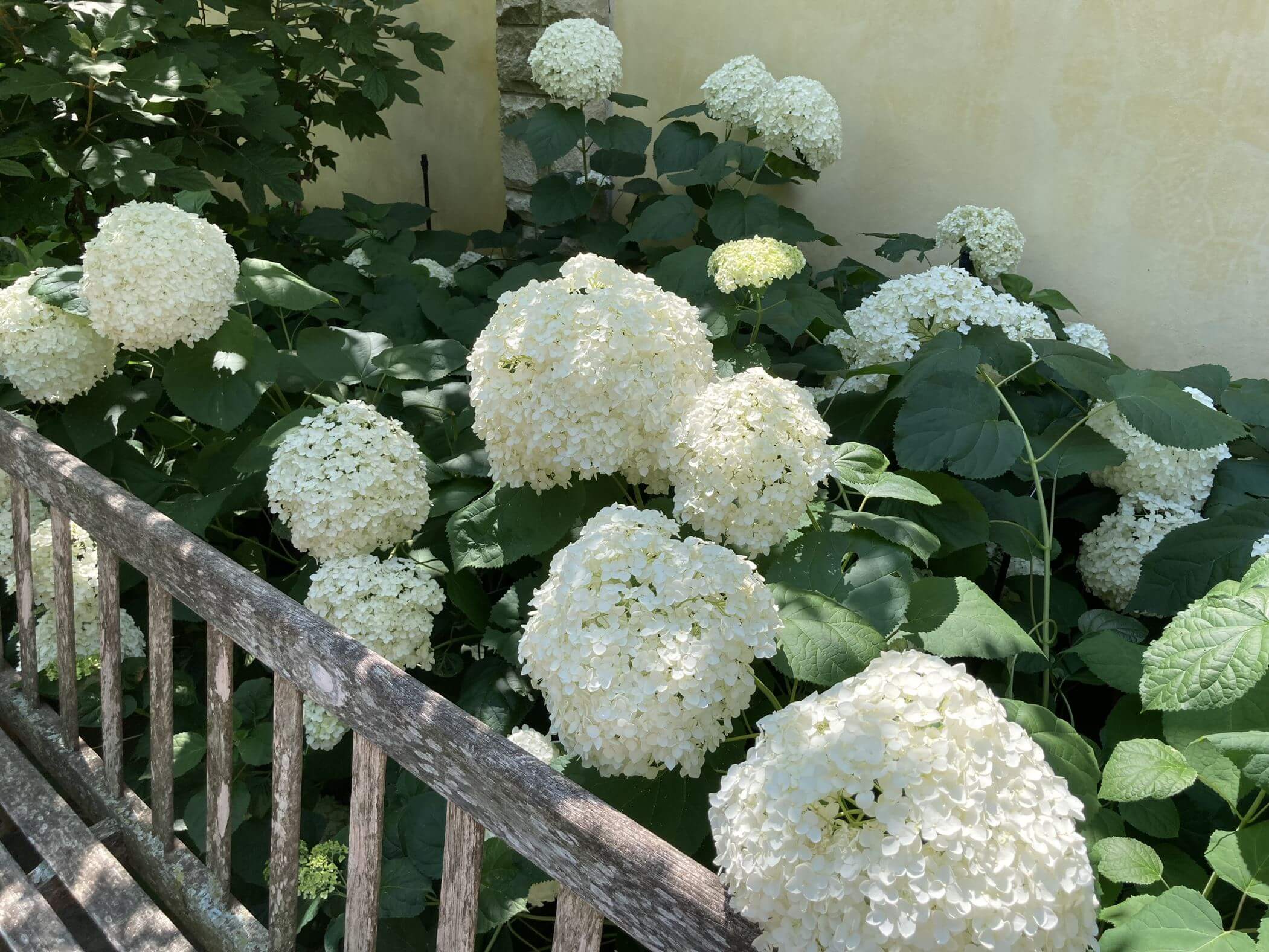 CAES News
CAES News
Smokin Hot Garden
Has the heat got you inside looking out? Are you enjoying gardens and landscapes only from the comfort of your air-conditioned car? Indeed we are in the throes of summer in Georgia, but even though it’s brutal for us outside, there are many landscape plants that are in their glory this time of year.

